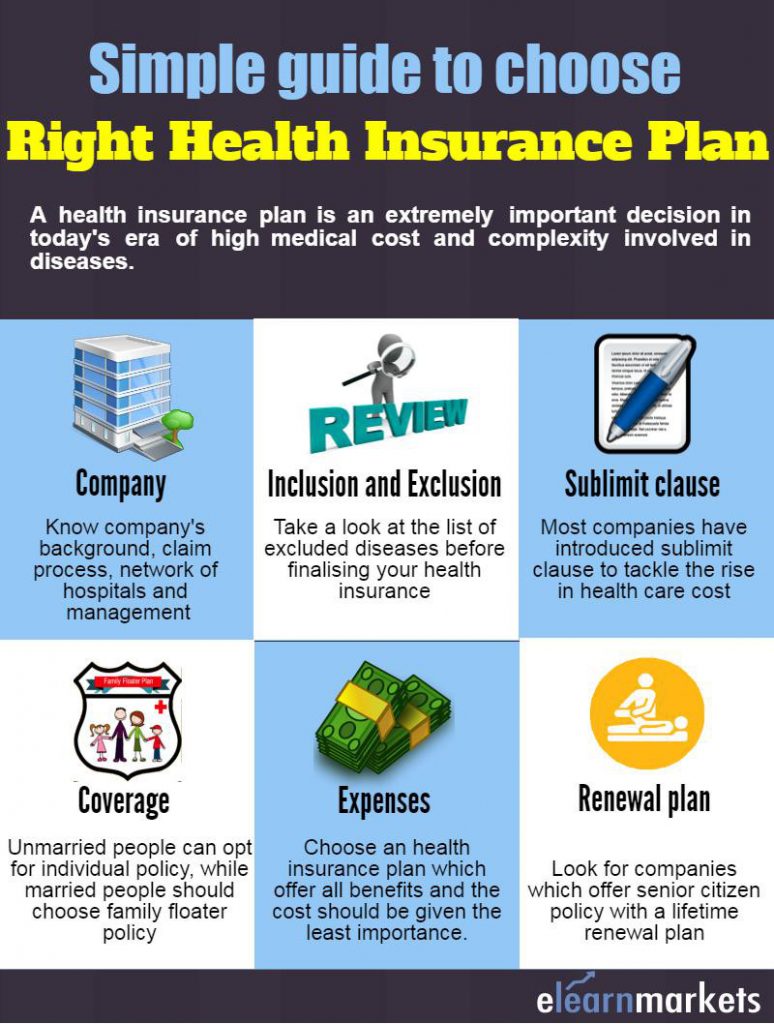Choosing the Right Health Insurance Plan for Your Family’s Well-being

When it comes to safeguarding your family’s health and financial security, selecting the right health insurance plan can be a daunting task. With numerous options available in the market, it’s easy to get overwhelmed by the technical jargon and complex coverage details. However, finding the right health insurance plan doesn’t have to be a nightmare.
In this article, we’ll guide you through the process of selecting a health insurance plan that caters to your family’s unique needs and budget. We’ll break down the key factors to consider, simplify the technical aspects, and provide actionable tips to make an informed decision.
Assess Your Family’s Health Insurance Needs
Before diving into the world of health insurance, take some time to assess your family’s health needs. Consider the following factors:
- Age and health status of each family member
- Pre-existing medical conditions (if any)
- Frequency of medical visits and hospitalizations
- Prescription medication requirements
- Annual health care expenses
Having a clear understanding of your family’s health requirements will help you identify the type of coverage you need.
Types of Health Insurance Plans
There are several types of health insurance plans available, including:
- HMOs (Health Maintenance Organizations): HMOs offer comprehensive coverage, but require you to see in-network healthcare providers.
- PPOs (Preferred Provider Organizations): PPOs offer more flexibility, allowing you to see any healthcare provider, but may charge higher out-of-network costs.
- EPOs (Exclusive Provider Organizations): EPOs are similar to HMOs, but may offer some out-of-network coverage.
- Catastrophic Plans: Catastrophic plans have lower premiums, but higher deductibles and limited coverage.
Consider your family’s needs and lifestyle when choosing a plan type.
Key Factors to Consider
When evaluating health insurance plans, keep the following factors in mind:
- Premium Costs: Calculate your monthly premium payments and consider any potential discounts.
- Deductible and Out-of-Pocket Costs: Understand the deductible amount, copays, and coinsurance rates.
- Network Providers: Check if your preferred healthcare providers are part of the insurance network.
- Coverage Limits: Review the plan’s coverage limits, including maximum annual out-of-pocket costs.
- Preventive Services: Look for plans that cover essential preventive services, such as vaccinations and annual check-ups.




